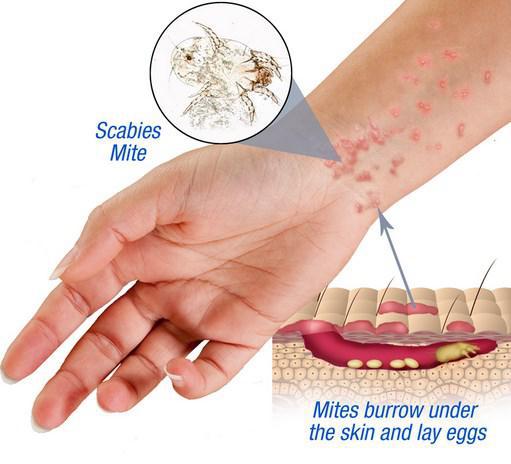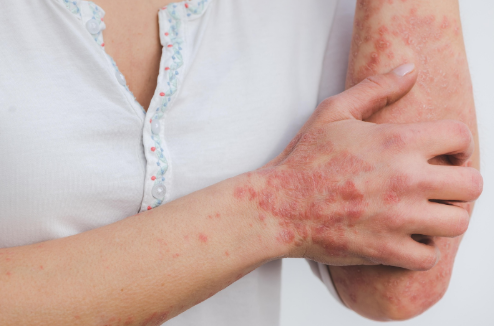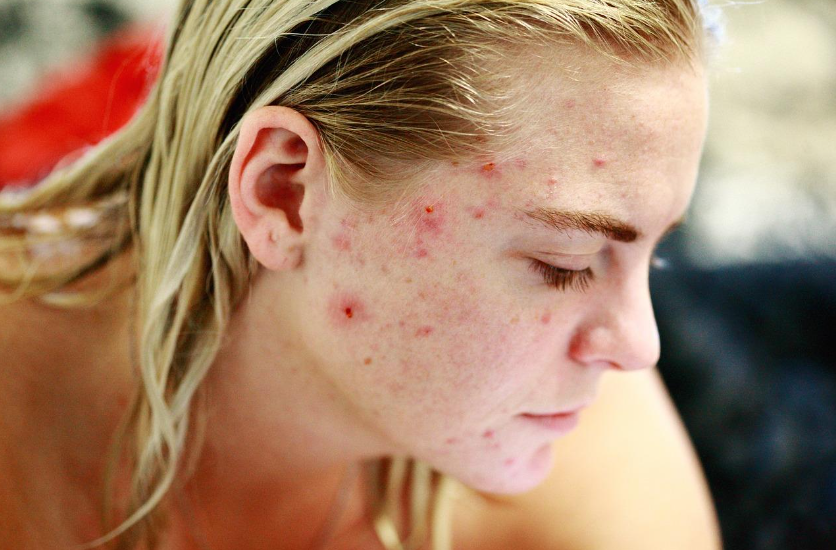Scabies – The Infuriating & Insatiable Itch
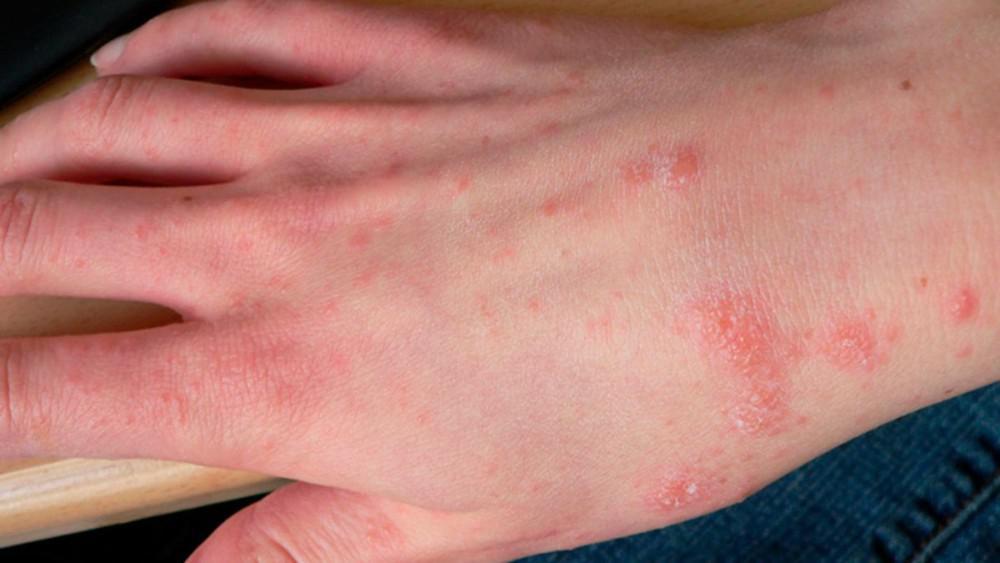
Signs & Symptoms:
The earliest and most common symptom of scabies is itching, especially at night. Lille red bumps like hives, tiny bites, or pimples appear. In more advanced cases the skin can become crusty or scaly. Scabies prefers warmer sites on the skin such as skin folds, where clothing is tight, between the fingers, under the nails, on the elbows/wrists, the buttocks or belt line, around the nipples, and even on the penis. Mites also tend to hide in, or on, bracelets and watchbands, or the skin under rings. In children, the infestation may involve the entire body including the palms, soles, and scalp. The child can be irritable from lack of sleep throughout the night and the relentless itch. As is the case with all other dermatology conditions that deal with itching and scratching, bacterial infection can occur due to the scratching of the skin. In many cases, children are treated because of infected skin lesions rather than for the scabies itself. Although this treatment of bacterial infections can provide temporary relief, recurrence is almost certain if the scabies infestation is not treated.
Advanced Cases - Crusted Scabies (Norwegian):
Crusted scabies is a form of the disease in which the symptoms are far more severe. Large areas of the body, like the hands and feet, may be scaly and crusted. These crusts hide thousands of live mites and their eggs, making treatment of the condition difficult because medications applied directly to the skin may not be able to penetrate the thickened skin. This type of scabies occurs most often in the elderly patients, in some AIDS patients, or in people whose immunity is decreased and is extremely infectious.
The Elderly & Nursing Homes:
Scabies among resident patients of nursing homes and extended care facilities has become a common problem due to delayed diagnosis since it can be mistaken for a number of other skin conditions. The delay allows time for the scabies to spread to nursing home staff and other residents. Because residents require assistance in daily activities, this unknowing exposure to infested patients provides an opportunity for the scabies to spread. This happens more often than you might think. Just a few years ago, Dr. David Roy was called in to a nursing home in the Pinebelt to help treat an entire nursing home that had become infested!
How is a Diagnosis Made?
If you came to our facility and presented with scabies-like symptoms, Pine Belt Dermatology & Skin Cancer Center providers would do a head-to-toe examination in good lighting with careful attention to skin crevices. Many times we can make a diagnosis without requiring any special tests. To confirm scabies we do have the ability to apply a drop of oil to the suspected area, scrap the oil-laden skin (painless), and put the scrapings on a glass slide to look under a microscope. We can easily find the mites and/or the mite eggs under the microscope to give you the diagnosis.
Eradication of the Scabies:
There are a number of options to get rid of these pesky mites and their insatiable itch! Getting rid of the mites is critical in the treatment of scabies. Everyone in the family or group, whether itching or not, should be treated at the same time to stop the spread, or recurrence, of scabies. This includes close friends, daycare or school mates, Of course, treatment varies on a case by case basis, but you can most likely expect one of the following options:
- 5% Permethrin Cream – this is applied to the skin from the neck down at bedtime and washed off the following morning. It is important that the cream is applied to cool, dry skin over the entire body (including palms, soles, under finger nails, and the groin) and left on for 8-14 hours. A second treatment one week later may be recommended.
- 1% Lindane Lotion – applied from the neck down at night and washed off in the morning, and then reapplied one week later. Again, it is important that this lotion is placed over the entirety of the skin from neck down. This therapy should not be used by infants, children, or pregnant/nursing women.
- 10% sulfur ointment & crotamiton cream may be prescribed for infants
- Ivermectin – an oral medication which can be prescribed to treat the crusted (Norwegian) scabies since creams and lotions are not as effective with the advanced cases.
- Antihistamines – these may be prescribed to help provide relief from itching, which can last for weeks even after the mite it eradicated.
- Treat all exposed individuals whether obviously infested or not. Incubation time is 6-8 weeks so the person may have the mites but not yet present the symptoms.
- Wash all clothes
- Change and wash bedding
- Carpets and upholstery should be vacuumed and the bag discarded
If you have an infuriating itch and have not been able to get any answers about the condition, come and see Pine Belt Dermatology and let us give you a diagnosis. Even if the itch you are experiencing is not scabies, we can at least provide you with an answer and a treatment plan for whatever it is you have!

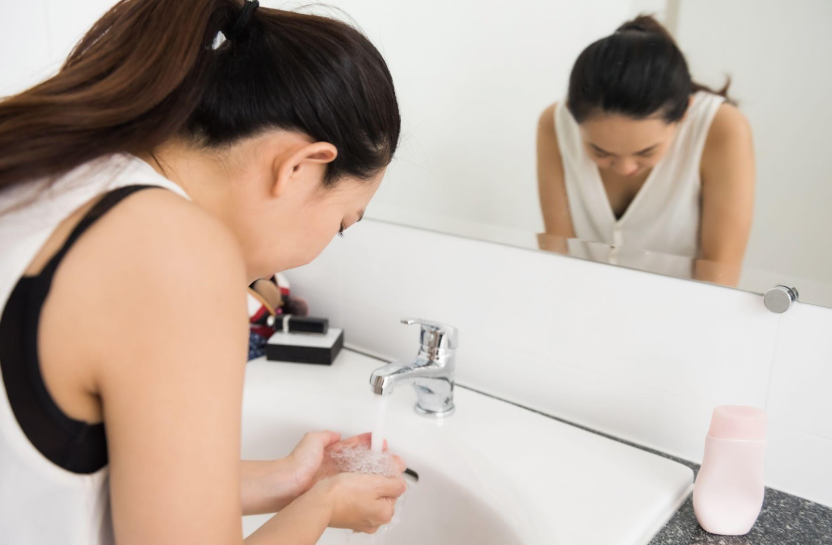

Petal Office
Phone:
Fax:
601-336-7826
Address:
Hours of Operation:
Mon-Fri: 8:00am to 4:30pm
Hattiesburg Office
Phone:
Fax:
601-475-9969
Address:
Hours of Operation:
Mon-Fri: 8:00am to 4:30pm
Ellisville Office
Biloxi Office
Phone:
Fax:
228-232-0874
Address:
1009 Tommy Munro Drive, Suite A
Hours of Operation:
Mon-Fri: 8:00am to 4:30pm
Ocean Springs Office
All Rights Reserved | Pine Belt Dermatology

